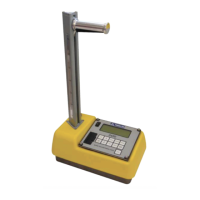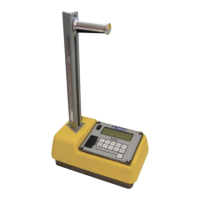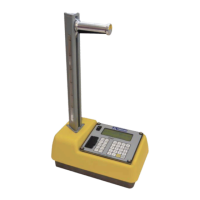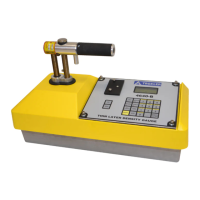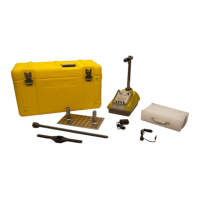H–2
The Model 3440 Surface Moisture-Density Gauge can be
equipped with an optional GPS (Global Positioning System)
receiver that provides accurate information on the location
(latitude and longitude) of the gauge.
As described earlier, the Model 3440 gauge can be equipped
with an optional GPS receiver that determines the location
(latitude and longitude) of the gauge. This information is stored
with each gauge measurement. The GPS receiver used in the
Model 3440 has Wide Area Augmentation System (WAAS)
capabilities, which provides accuracy to within 3 m (10 ft.).
However, the accuracy is dependent upon the user’s location
and other factors as described below.
The global positioning system is a satellite-based navigation
system that consists of 24 satellites and a network of ground
stations that monitor and control those satellites. The satellites
orbit the earth at an altitude of approximately 11,000 miles and
constantly transmit signal information back to earth. A GPS
receiver uses this information to determine its location.
To determine its latitude and longitude, a GPS receiver must
receive the signals from at least three satellites.
On average, the receiver used in the gauge is accurate to within
15 m (approximately 50 ft.) when receiving GPS data alone.
However, the WAAS capabilities can increase the accuracy to
within 3 m (10 ft.), as shown in Table 6.
The accuracy of GPS information can be affected by a number of
atmospheric forces and other conditions. The Wide Area
Augmentation System (WAAS) corrects for these factors by
placing GPS receivers at 25 known, precisely surveyed locations,
called reference stations, across the United States. The reference
stations determined a measured distance to each satellite using
the signals received from the satellites. For each satellite, the
stations compare the measured distance to the actual range (as
calculated from its known position) to determine a differential
correction for each satellite
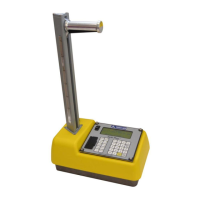
